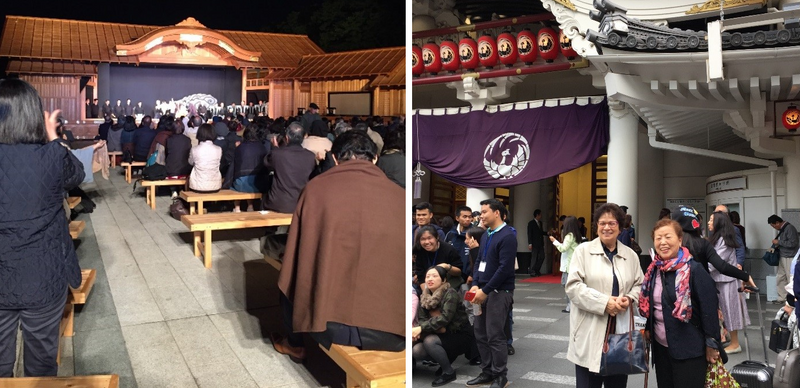ACC is perhaps most known for its long-term, immersive fellowships encouraging open-ended, creative and personal exploration. But in fact, ACC Fellowships come in all shapes and sizes, uniquely tailored to the goals and needs of each individual. We are also proud to support targeted, in-depth scholarly research of senior specialists and, by extension, responsible scholarship and critical dialogue in their fields. Bonnie Marranca—co-founder, publisher, and editor of the independent press PAJ Publications—is one such example.
Ms. Marranca is one of the most respected authorities in the field of performance art in the U.S. In 1976, she co-founded the publishing house PAJ Publications/PAJ: A Journal of Performance and Art. Prolific in its publications, Obie Award-winning PAJ has produced 156 books, 119 journals, and has served as a platform for more than 1000 plays from around the world. An emphasis on the interdisciplinary, contemporary, and global has characterized Ms. Marranca’s work. Her essays have been translated into 20 languages and she has lectured widely throughout the U.S. and Europe.
The field of performance history, Ms. Marranca notes, has begun to shift its focus from the U.S. and Europe “to include more material from Japan and South America in an effort to expand the history of performance ideas.” Throughout the years, ACC has provided Ms. Marranca opportunity for in-country, immersive research in Asia. In 1990, she received her first ACC Fellowship to research contemporary and traditional theater in India and, in 2017, a second grant to travel to Japan. In the excerpt below, Ms. Marranca gives us insight into the processes and people who played a role throughout her time in Japan.
“My project was to research—in collections or archives—any available information on the American Fluxus artist, Dick Higgins, whose work was presented in early 1960s avant-garde events in Tokyo, by the Sogetsu Arts Center, Minami Gallery, and elsewhere. Collaborations between Japanese and American artists characterized the post-war era, and an aspect of my project was to investigate materials in Japanese collections regarding these performances and exhibits.”
This research took Ms. Marranca to several libraries and archives, as well as led her to develop professional contacts with archivists and historians in her field. Her fellowship also allowed her to “attend theater, dance, and visual art events, and solicit interviews and texts by the artists creating them” so as to expand her “research and writing on contemporary arts, with the intent to bring new material into PAJ: A Journal of Performance and Art.”
“While in Japan,” Ms. Marranca wrote, “I met several artists, curators, and young professionals working in the contemporary arts. I had valuable exchanges with arts professionals that will continue now that I am back home. Doing this project also brought me in contact with Japanese scholars in New York working in sixties performance and Fluxus, my area of research for the ACC project.
Professionally, the experience of spending time in Japan has been a serious boost to my knowledge of Japanese arts in theatre and visual art. I attended several performances of kabuki, noh, and bunraku, which I had previously only seen from visiting companies in New York. In addition, many experimental American artists working in theatre and visual arts have shown the influence of these forms in their art, so I have been well aware of their significance to American arts. These experiences made a great impression on me.”
Below, left: bunraku at Ueno Park, right: Bonnie Marranca at kabuki with first ACC grantee from Japan, Masako Koyano (ACC 1964)

 ACC New York
ACC New York